The everyday work of an orthodontist combines precision, experience, and the use of tools that ensure patient safety and the durability of treatment outcomes. Every stage of therapy – starting from temporary procedures, through hygiene control, to the retention of achieved results – requires solutions that support the doctor in making accurate decisions while minimizing the risk of errors. Practical support in the form of modern materials and protocols becomes invaluable when it comes to protecting enamel, maintaining healthy gums, stabilizing appliance bonding, and ensuring effective retention.
Precision in orthodontics – marking the boundary between composite and enamel
One of the key challenges in an orthodontist’s daily practice is precisely distinguishing where the temporary material ends and the patient’s natural enamel begins. This boundary requires full control, as any imprecision can damage healthy tissues or complicate further treatment. For this reason, tools that help clearly define and monitor this boundary at every stage of therapy are essential.
Colours play a huge role in this process. They allow not only for safe differentiation between material and enamel but also control over layer thickness, quick correction of inaccuracies, and easier removal of the material once the temporary stage is completed. Thus, colours become a practical diagnostic and technical tool – supporting precision for the doctor and greater safety for the patient.
Case 1. Changing Vertical Dimension of Occlusion with FLOW-COLOR
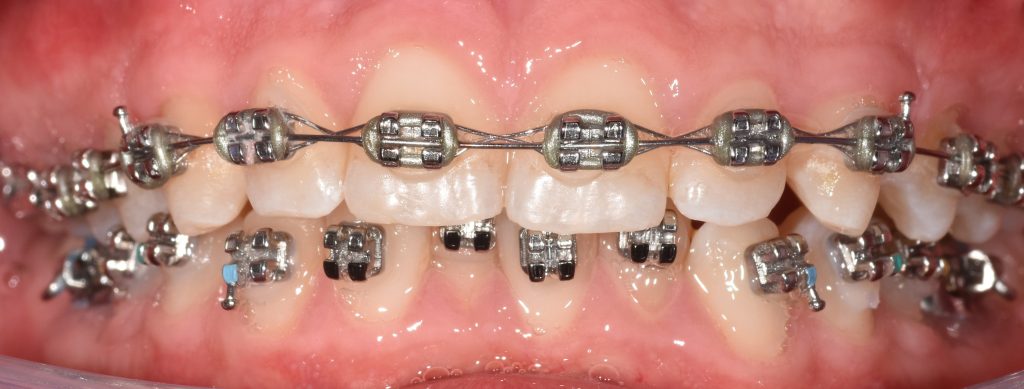
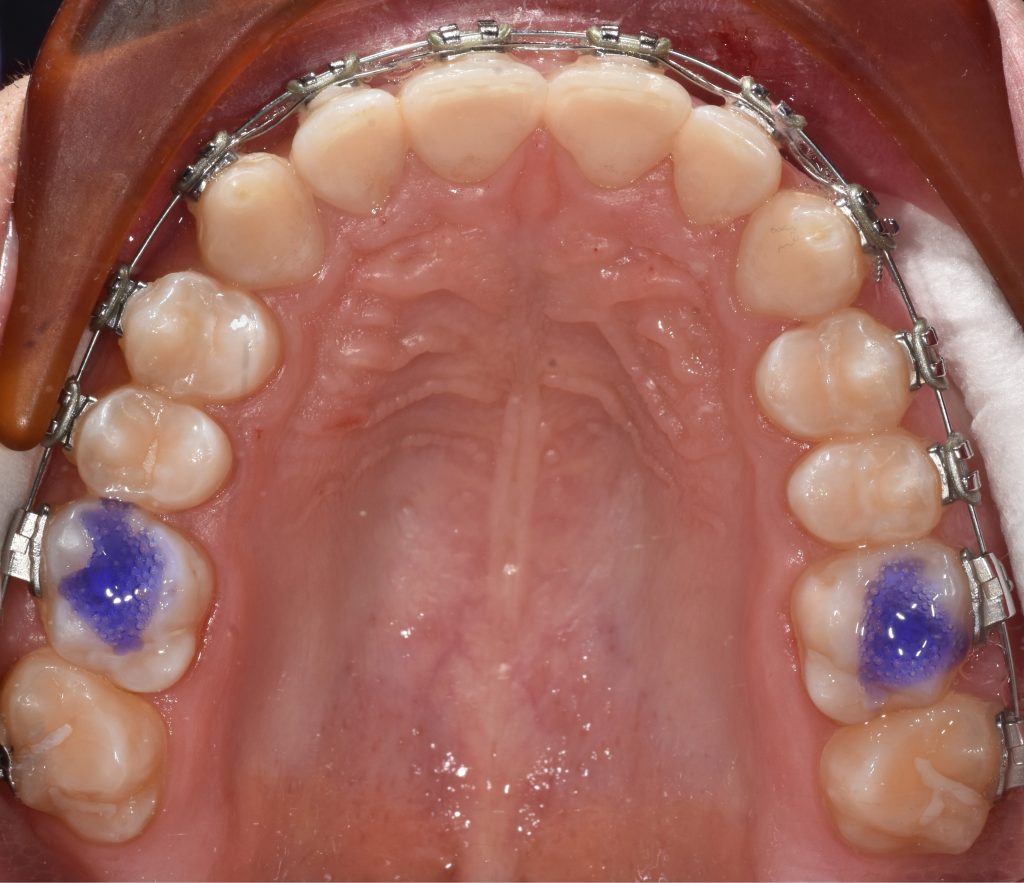
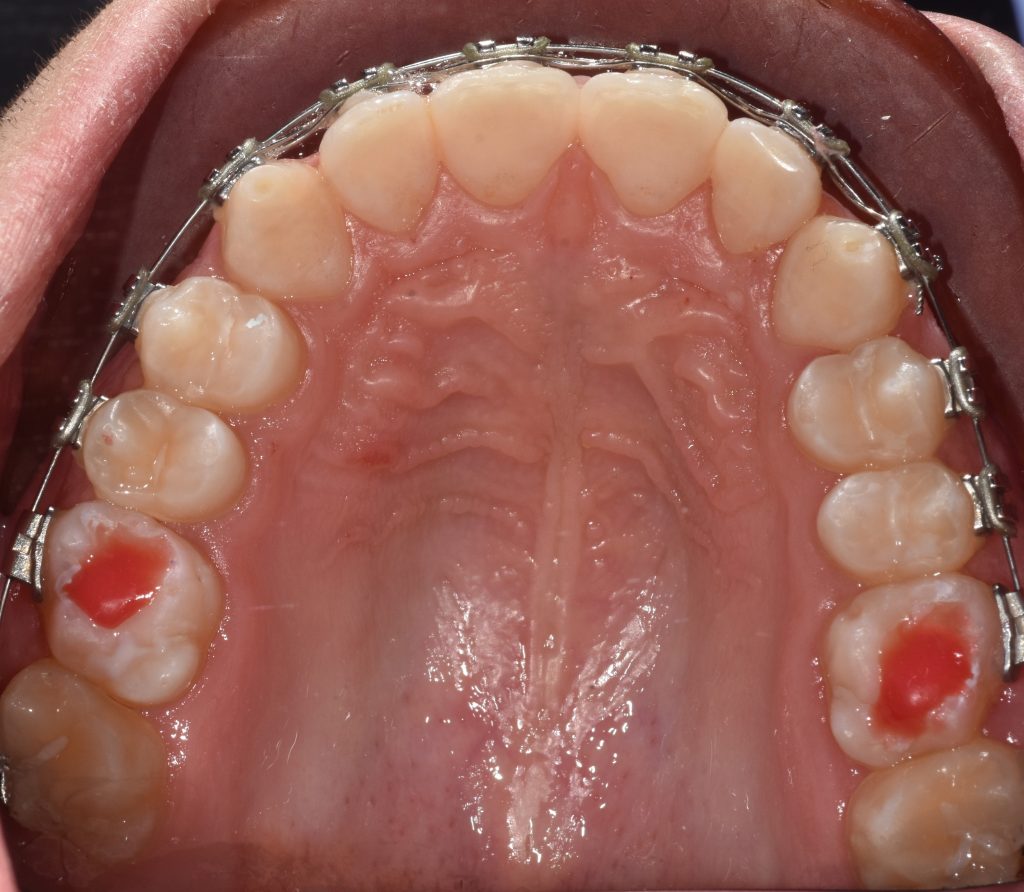

Case 2. Changing Vertical Dimension of Occlusion with NEXT
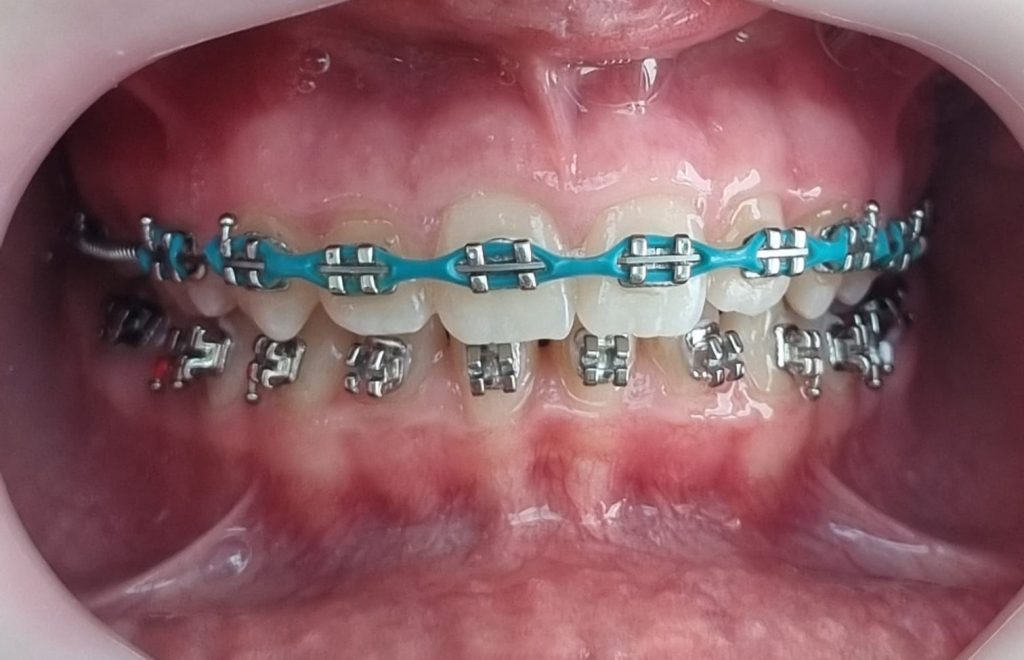
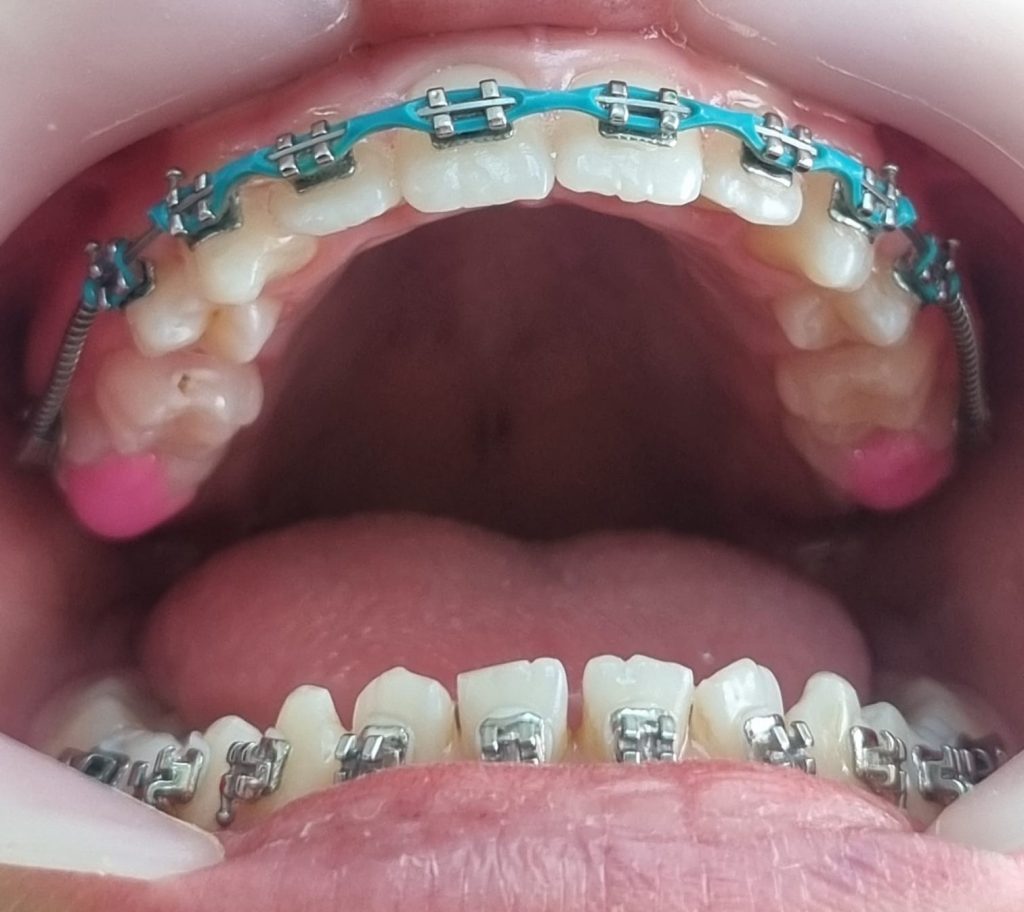
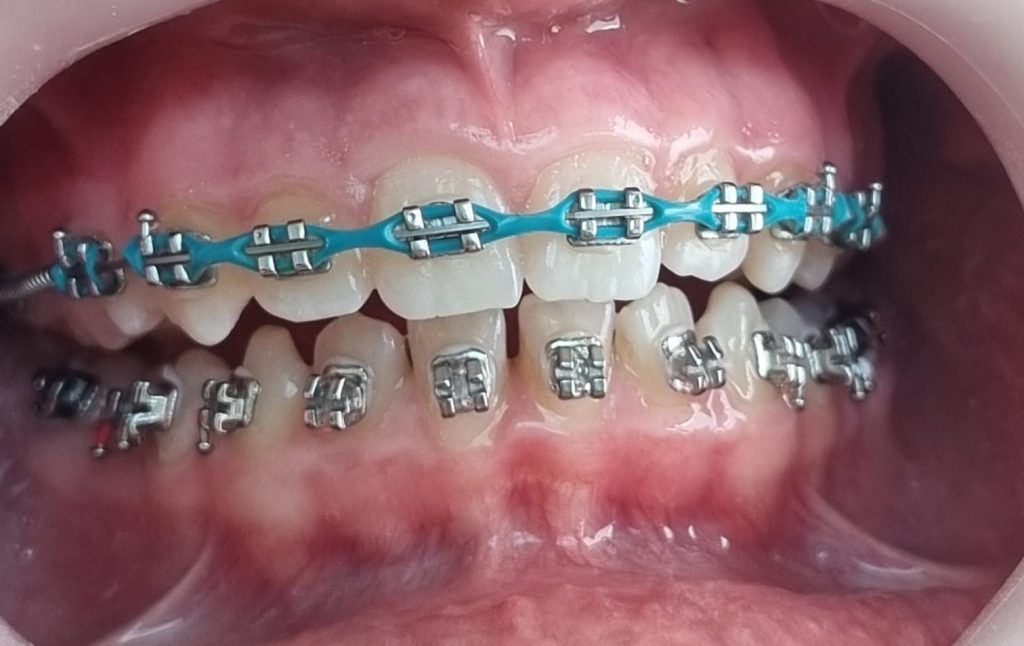
Case 3. Bonding a Pendulum appliance
Bonding a Pendulum appliance to premolars with FLOW-COLOR in pink, allowing control over the amount of bonding material and easier appliance removal. Clear marking of the enamel margin.
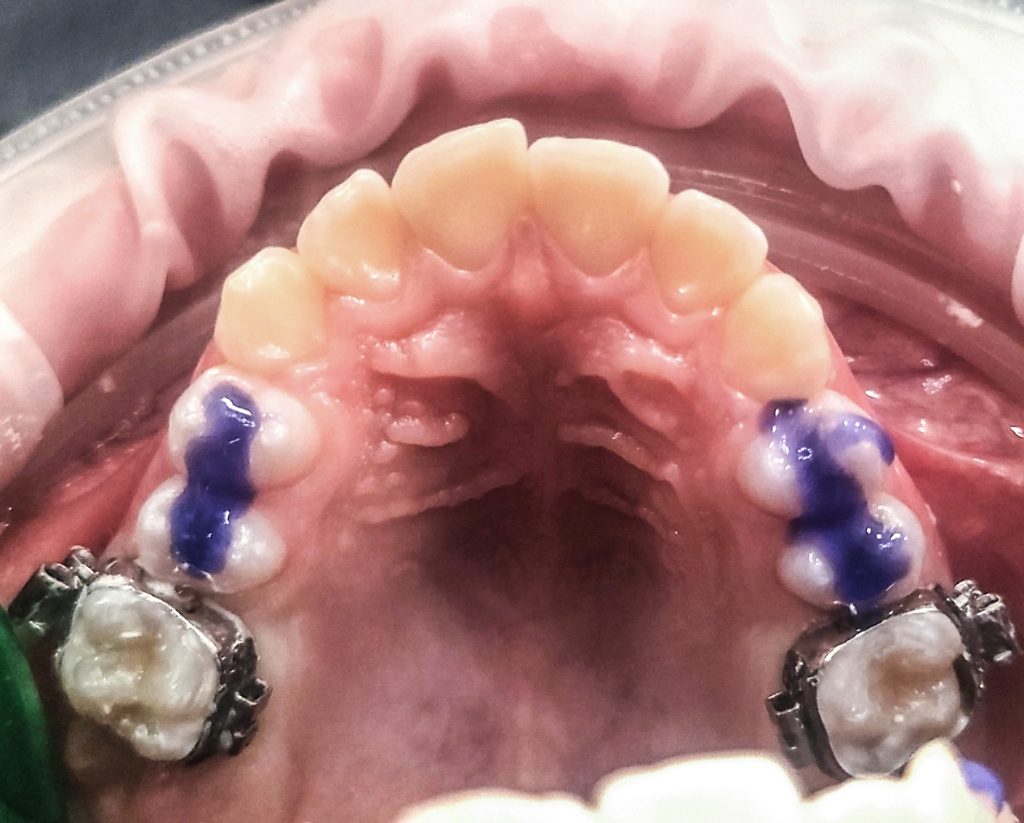
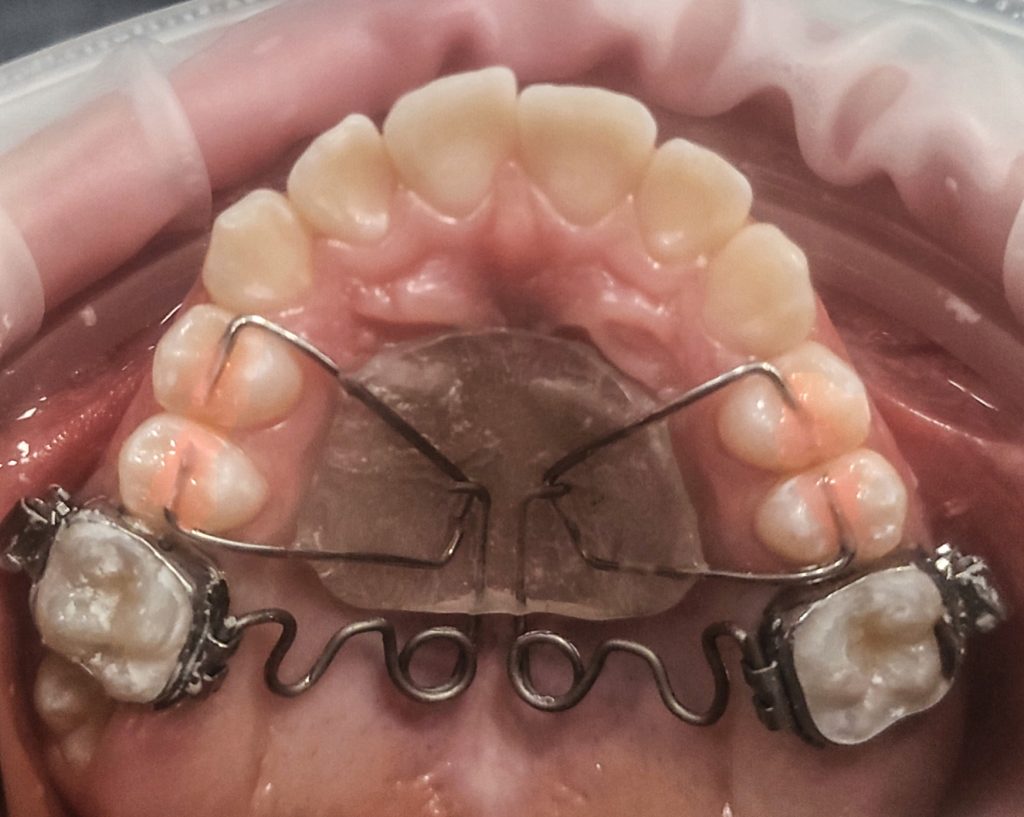
Case 4. Blocking a Hyrax screw
An 18-year-old patient undergoing orthodontic treatment with a Hyrax screw appliance supported by mini-implants in the palate. After the active phase of treatment, the screw was blocked for 6 months with FLOW-COLOR composite.

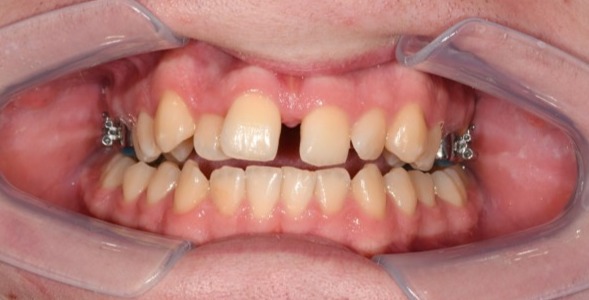
Colours as support in orthodontic practice
Modern orthodontics increasingly uses composites in colours different from natural enamel, which allow better control over both the amount and boundaries of the applied material. A good example is FLOW-COLOR and NEXT.
- FLOW-COLOR – a flowable composite that, thanks to its intense (visible) shades, allows precise differentiation of the application site from natural tooth surfaces. This provides invaluable support during temporary procedures by enabling accurate control of material quantity, easier removal at the end of treatment, and full enamel protection.
- NEXT – a paste (packable) composite that stands out for its mild flow and predictable polymerization behavior, making it ideal for quick, secure, and stable bonding of orthodontic appliance elements as well as increasing the vertical dimension. It gives the doctor greater confidence in the outcome, and the patient – safety.
Colours thus become not only a matter of aesthetics but above all a practical diagnostic and technical tool that enhances precision and protects patient tissues.
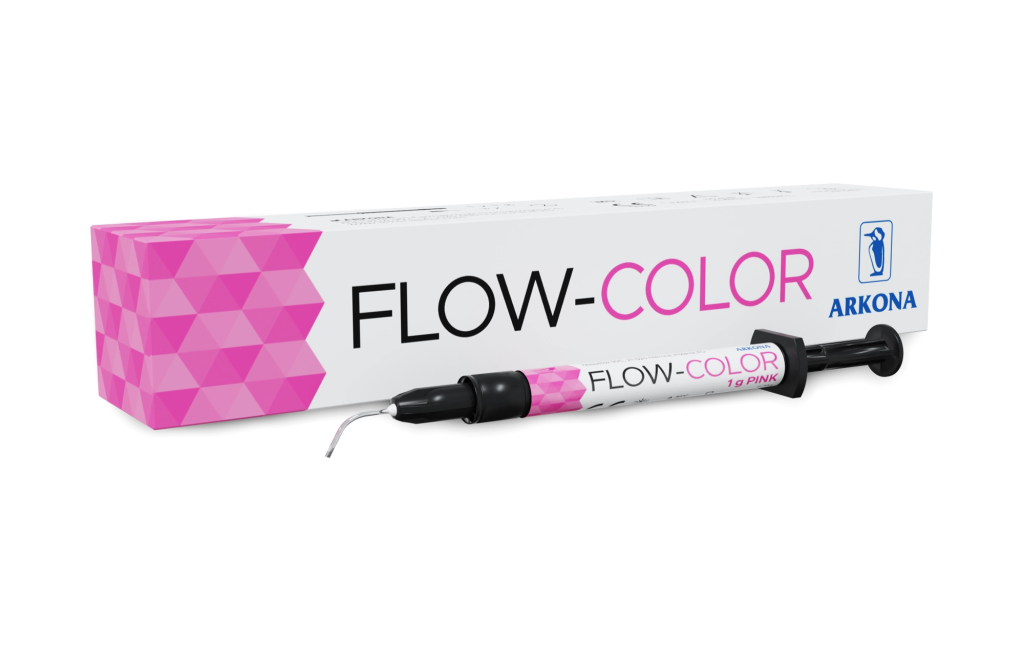
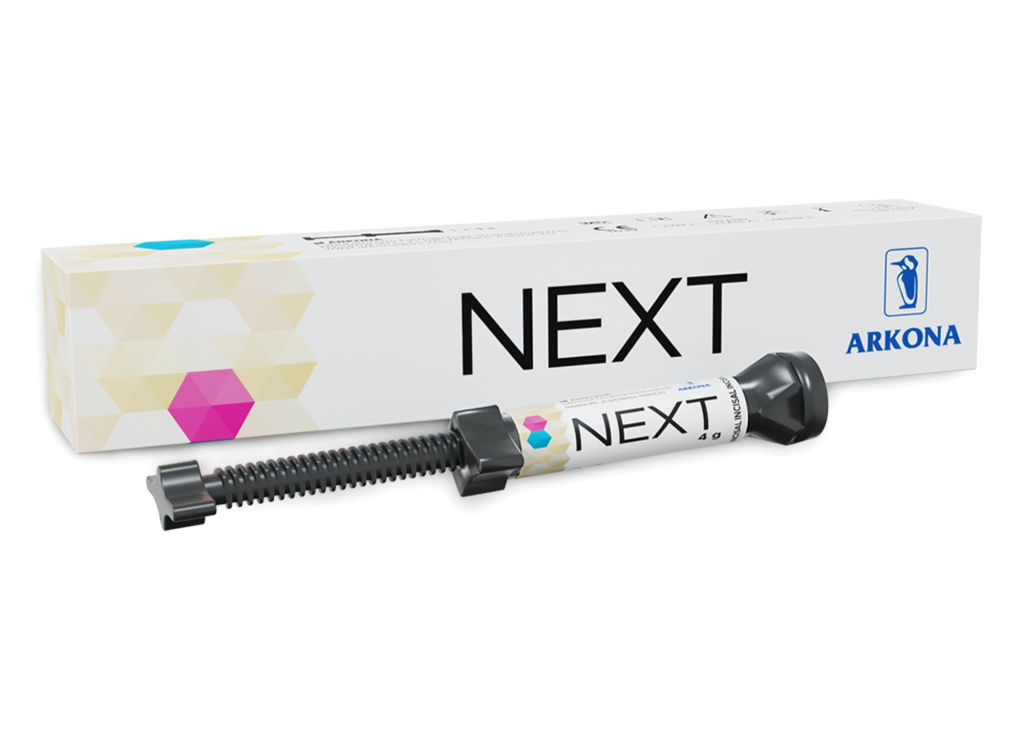
Hygiene during orthodontic treatment
Patients wearing orthodontic appliances face challenges in daily oral hygiene. Brackets, wires, and additional bonding elements make cleaning teeth and interdental spaces more difficult. Even with careful hygiene, plaque and calculus tend to accumulate more easily, which in turn increases the risk of gingival inflammation – swelling, bleeding, and discomfort. This is a common issue that may lower patient comfort and influence the course of treatment. For the orthodontist, it means the need for increased vigilance and for solutions that allow quick assessment of tissue condition and prevention of inflammation.
Support for gum health – PERIO-FLUSH
The orthodontist’s role is not only to guide treatment with the appliance but also to maintain the health of periodontal tissues. An effective solution during check-ups is pocket irrigation with specialized rinses, such as PERIO-FLUSH.
Advantages of PERIO-FLUSH:
- removes biofilm and bacteria from hard-to-reach areas,
- alleviates inflammation and reduces gum bleeding,
- safe for regular use,
- improves patient comfort and supports hygiene throughout treatment.
Such an approach significantly increases the chances of maintaining healthy gums during the entire orthodontic therapy.
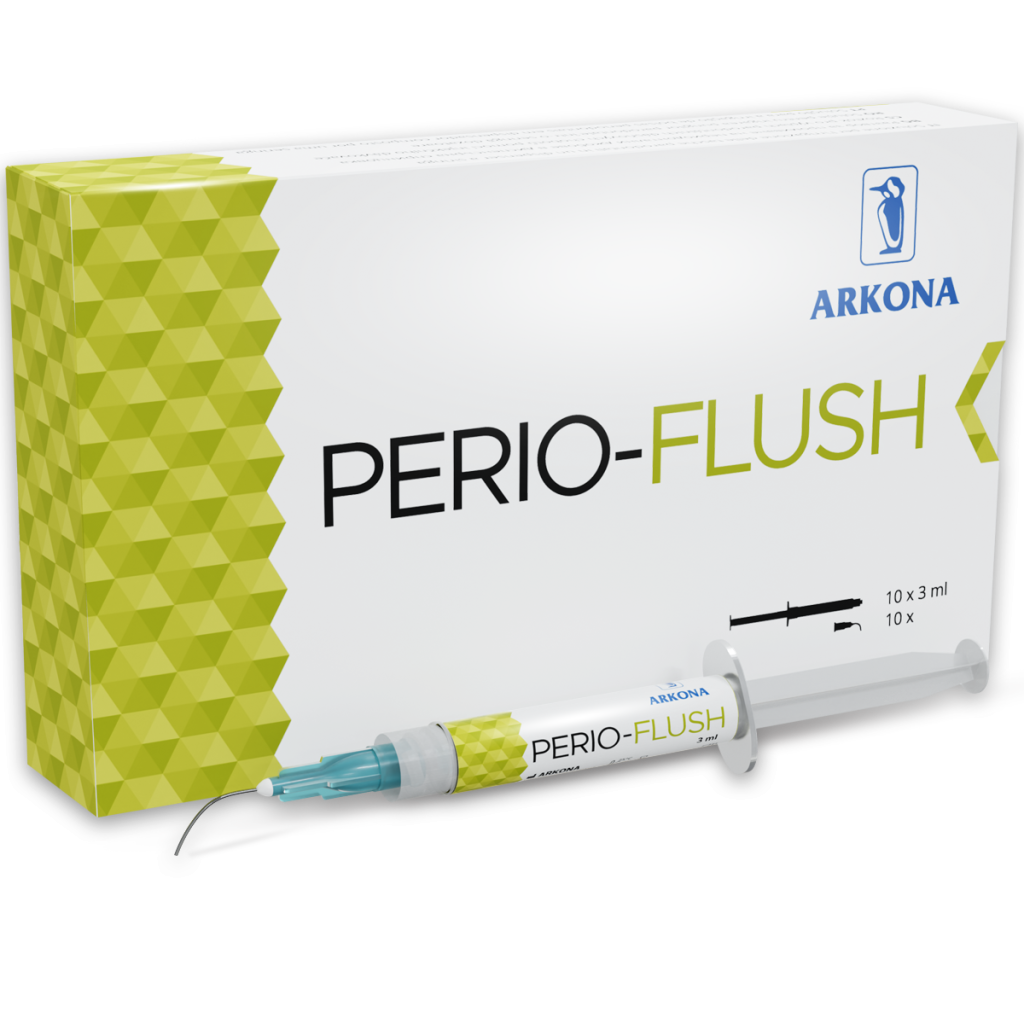
Bonding durability – the importance of surface preparation
The stability of an orthodontic appliance largely depends on proper tooth surface preparation. Etching and the use of a reliable bonding system are crucial.
- ETCHGEL allows precise application, easy rinsing, and leaves no discoloration, ensuring safety and aesthetics.
- MASTERBOND guarantees durable and reliable adhesion of the material to the tooth surface, performing well even under conditions of limited moisture control. It is universal and provides predictable results.
These elements are the foundation of stable bonding and directly impact the effectiveness of orthodontic treatment.
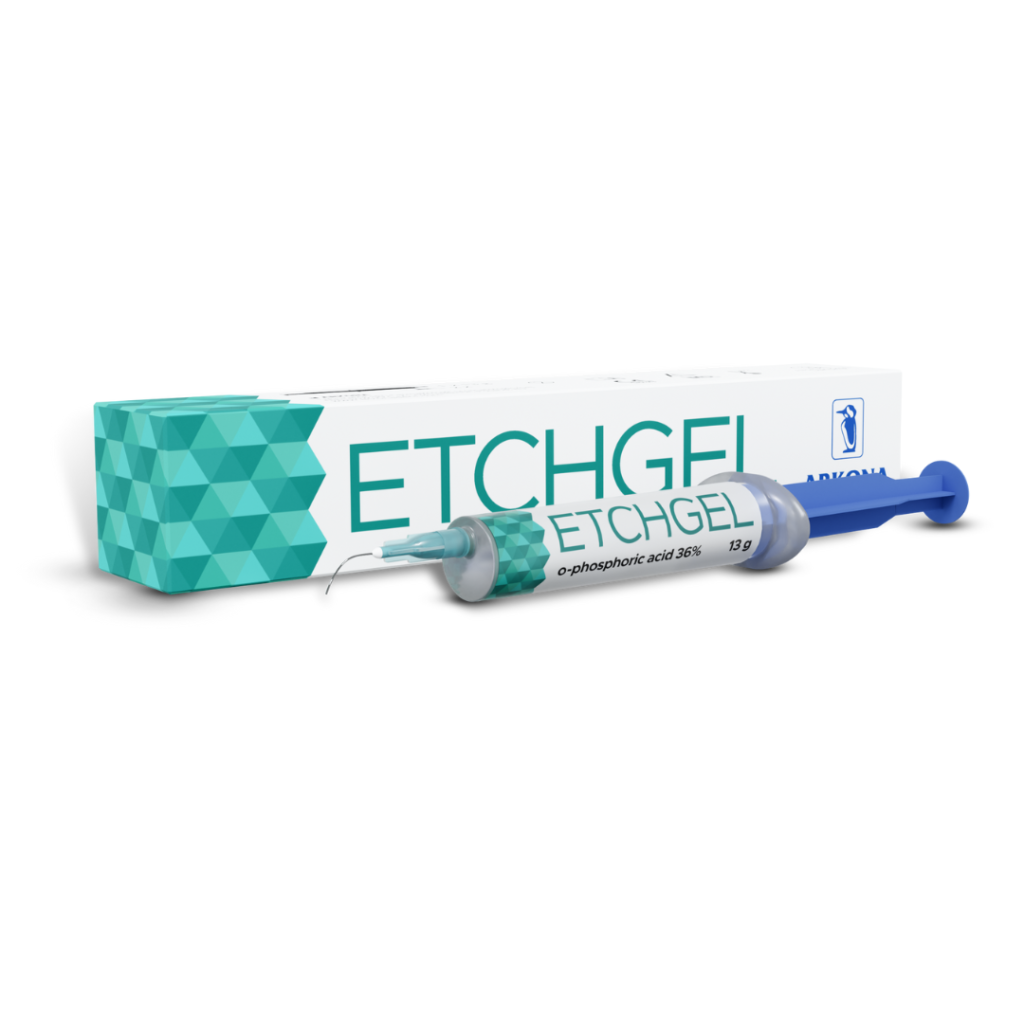
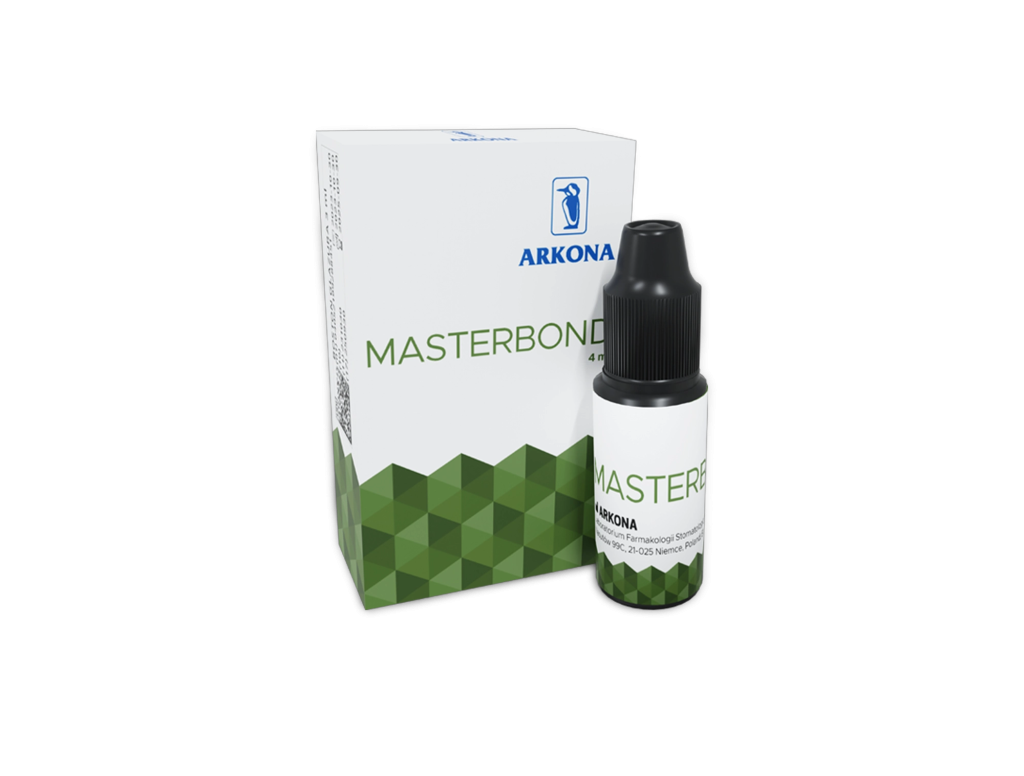
Retention – maintaining treatment outcomes
Once active treatment is completed, it is necessary to secure the achieved results. Although metal retainers are commonly used, many patients have medical contraindications (e.g., metal allergies, planned MRI scans). Others prioritize aesthetics or daily comfort.
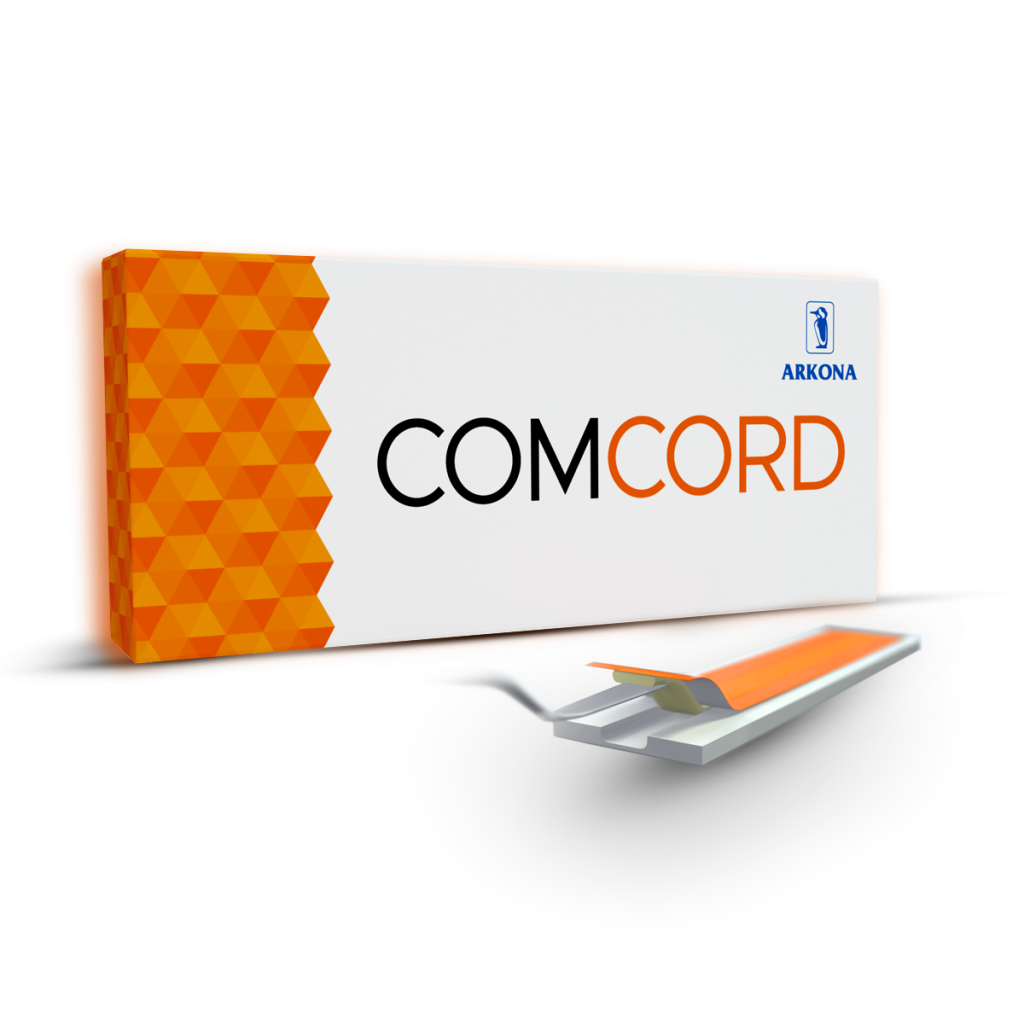
An alternative is the COMCORD which:
- is biocompatible and safe
- ensures high aesthetics – the retainer is practically invisible
- offers comfort in everyday use
- effectively stabilizes treatment results
Case 1. Retainer on upper teeth
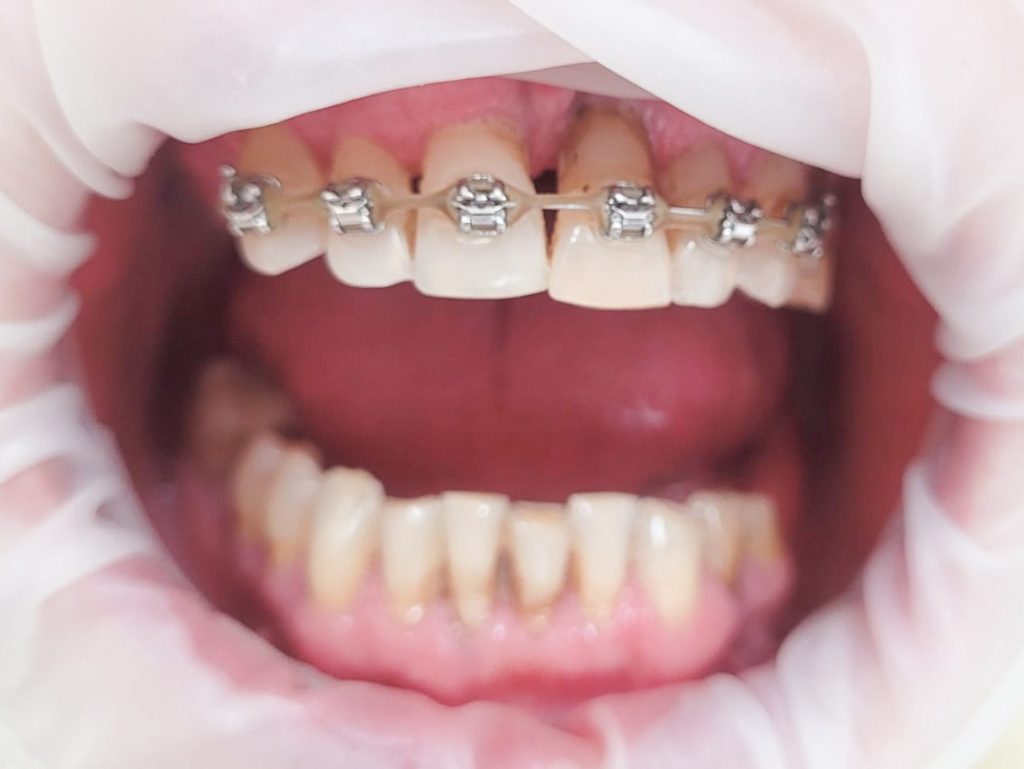


Case 2. Replacement of lower teeth retainer
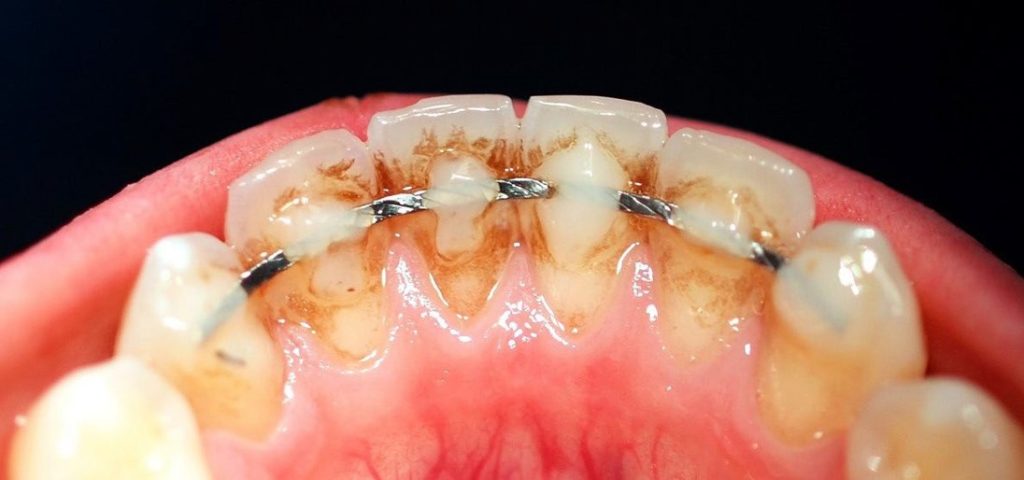
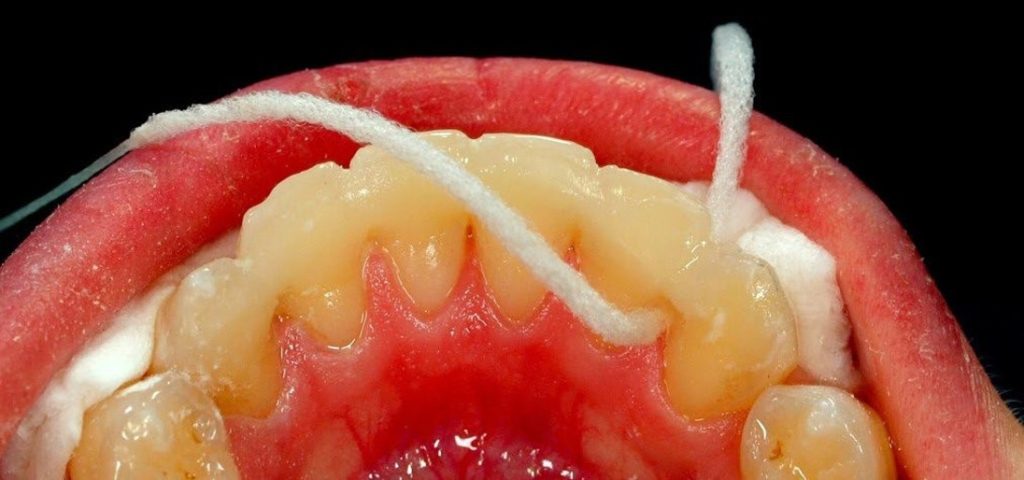
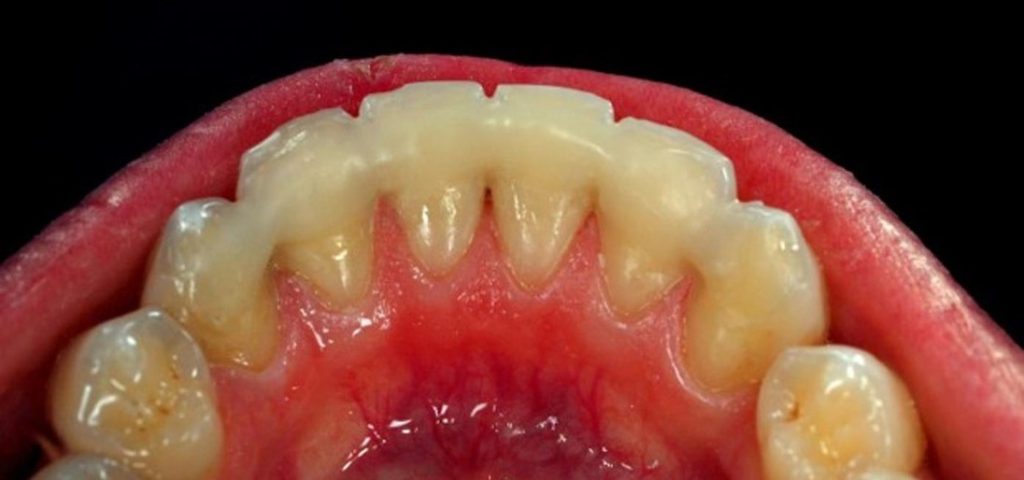
Thanks to such materials, orthodontists can individually tailor retention methods to patient needs and expectations while ensuring the stability of treatment outcomes.
Summary
Modern orthodontics requires combining precision with patient comfort and long-term results. Coloured composites, periodontal rinses, reliable etchants, bonding systems, and dental fibers are today indispensable tools in everyday practice. With them, orthodontists can work safely, predictably, and effectively – while patients gain a healthy smile and lasting treatment outcomes.
